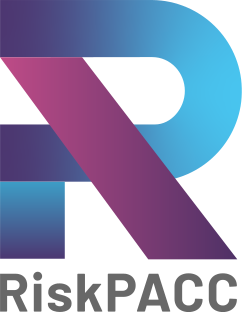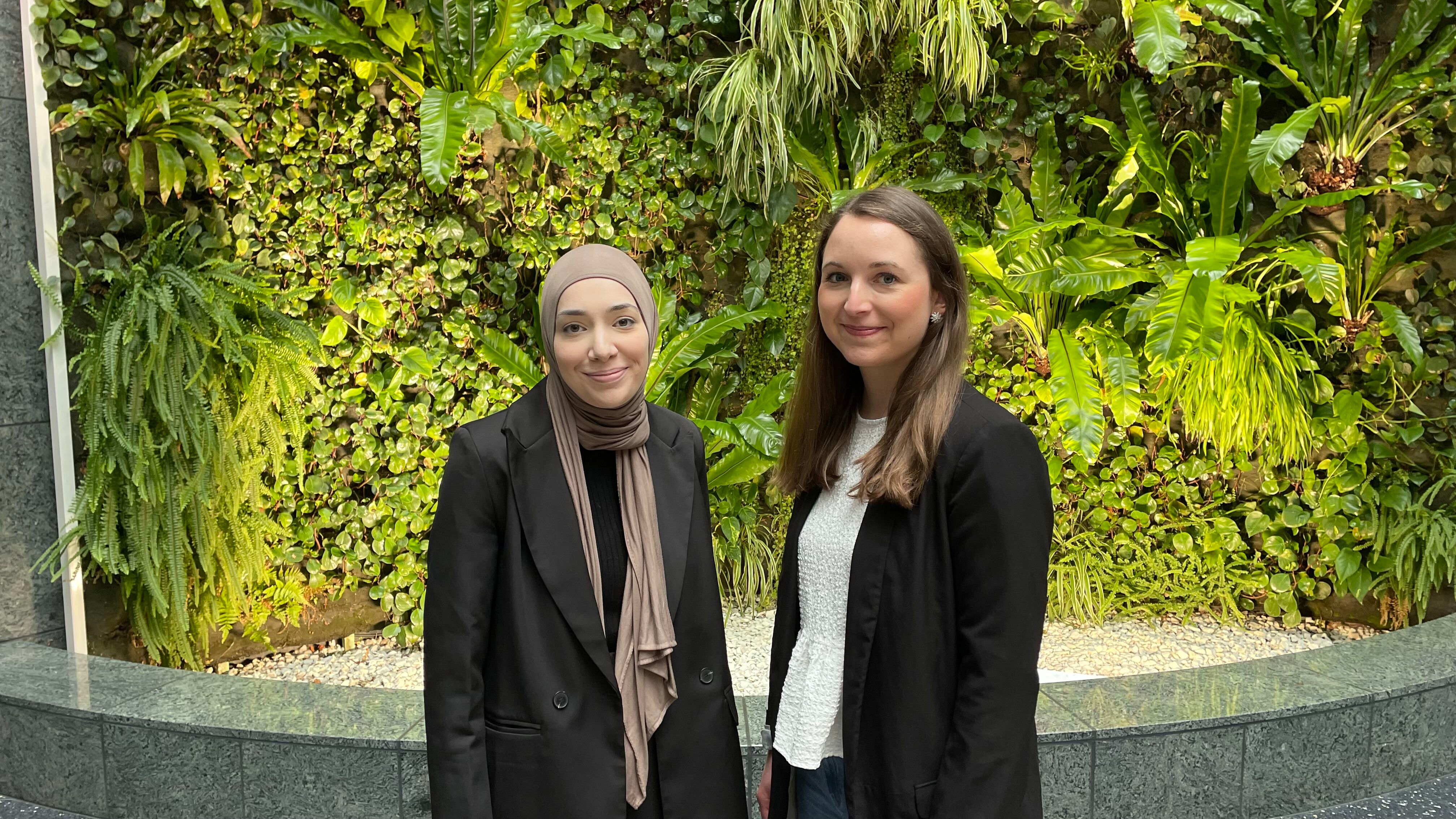Meet our Project Partners: Jeannette Anniés and Fatmanur Karaca
In the next couple of weeks, we want to personally introduce our project partners. Today, we introduce our partners from Universität Stuttgart IAT, the Institute of Human Factors and Technology Management, Jeannette Anniés and Fatmanur Karaca, and asked them a few questions to their background and current work.
Can you give some background to the University of Stuttgart and your individual research interest?
Sure! The University of Stuttgart is one of the leading technically oriented universities in Germany. It focuses on technology transfer and interdisciplinarity. This is also visible in the participation in RiskPACC.
👩💼 Jeannette is passionate about bike cycling and team dynamics. She studied communication science and media research. Before working in the project, she has conducted research about the perception of different kinds of communication, such as health communication. In RiskPACC, she wants to find out how risk communication is perceived and how to enhance it with interactive methods and technological tools.
👩🎓 Fatmanur likes to read exciting thriller books. Currently she studies psychology with a focus on clinical psychology and psychotherapy. Therefore, she’s working for the project as a research assistant. She especially supports the project’s collaborative activities of the workshops and helps researching the concept of nudging.
Jeannette, you’re also a work package leader. Can you describe in more detail your role in the RiskPACC project?
💭 In the scope of the work package “Co-Creation Lab & Stakeholder Integration”, it was vital for me to first learn about and understand co-creation, and later adapt it to the needs and specifications of the project. By providing guiding materials, the RiskPACC workshops are supported, which are at the core of the project.
🤝 In the role of work package leader and case study manager, the co-ordination of the case studies is most important. This means to be a point of contact, steer tasks and communication, as well as bringing together case study partners and technology providers in the project. This helps create a positive exchange between the partners, but also influences the project’s result, as we all work together on the integration of a platform.
Your work supports the workshops through a co-creational approach. Can you provide some more information in regard to this?
🔒 The project seeks to understand how local communities and official agencies perceive and manage risk. Each of our case studies has their own divide in risk communication which sets apart civil protection authorities (CPAs) and civilians. This contributes and is reflected in the risk perception-action gap. The project aims to close that gap with the help of co-creation.
🗝 Co-creation is a methodology to bring together diverse participants in workshops, where they can discuss messages, processes, and difficulties in risk communication with an equal voice. Next to that, the establishment of trust between CPAs and civilians is most important. Co-creational workshops are all about collaboratively developing solutions and approaches by incorporating different perspectives, voices, and data practices into decision-making.
Can you share the approach and first results with us?
🤩 Absolutely – you better watch out for our future posts, where we go into more detail and share the material very soon.
#CoCreation #RiskCommunication #Resilience #RiskPerceptionActionGap #RiskPACC #RPAG Fraunhofer IAO

